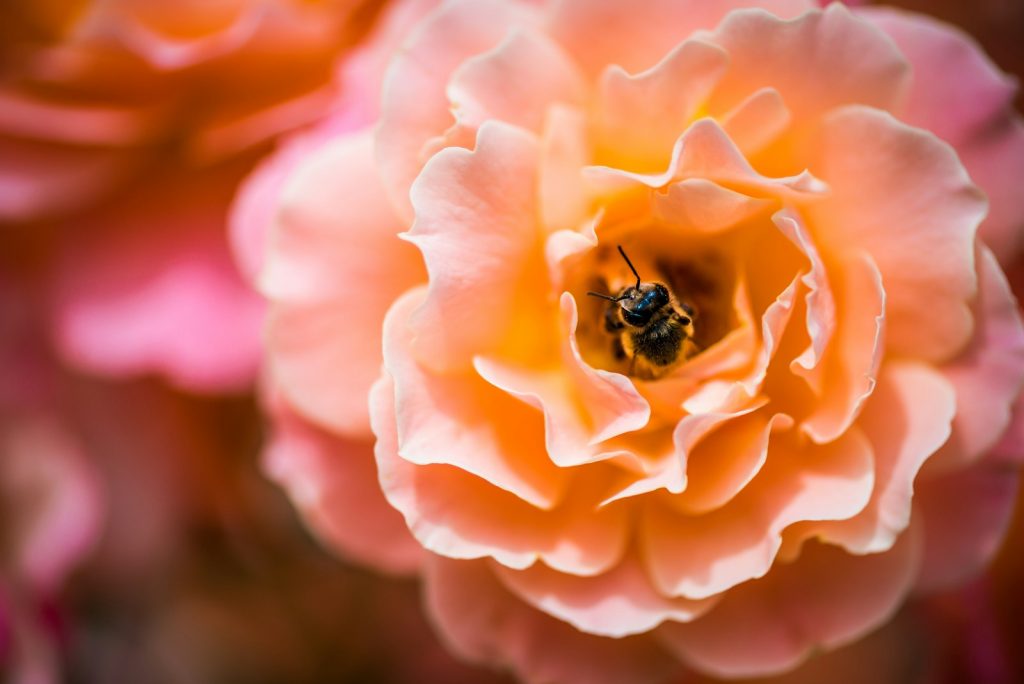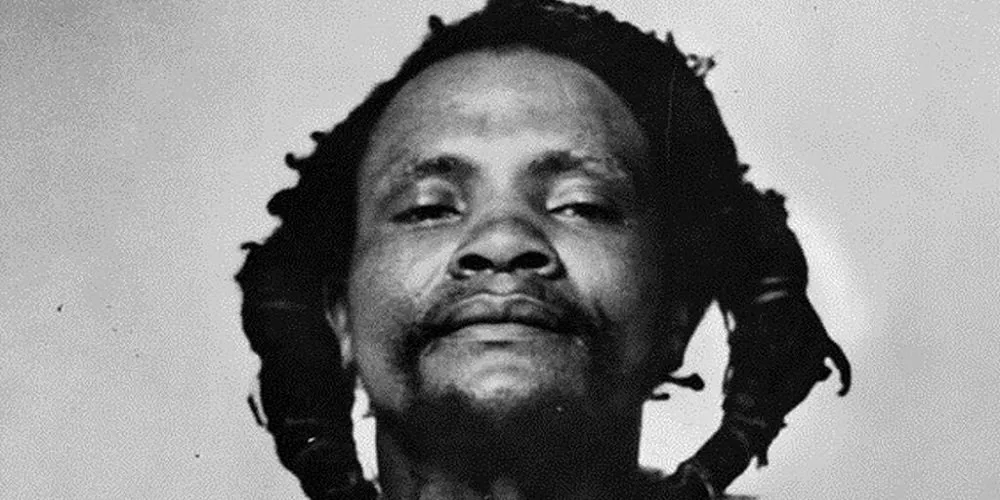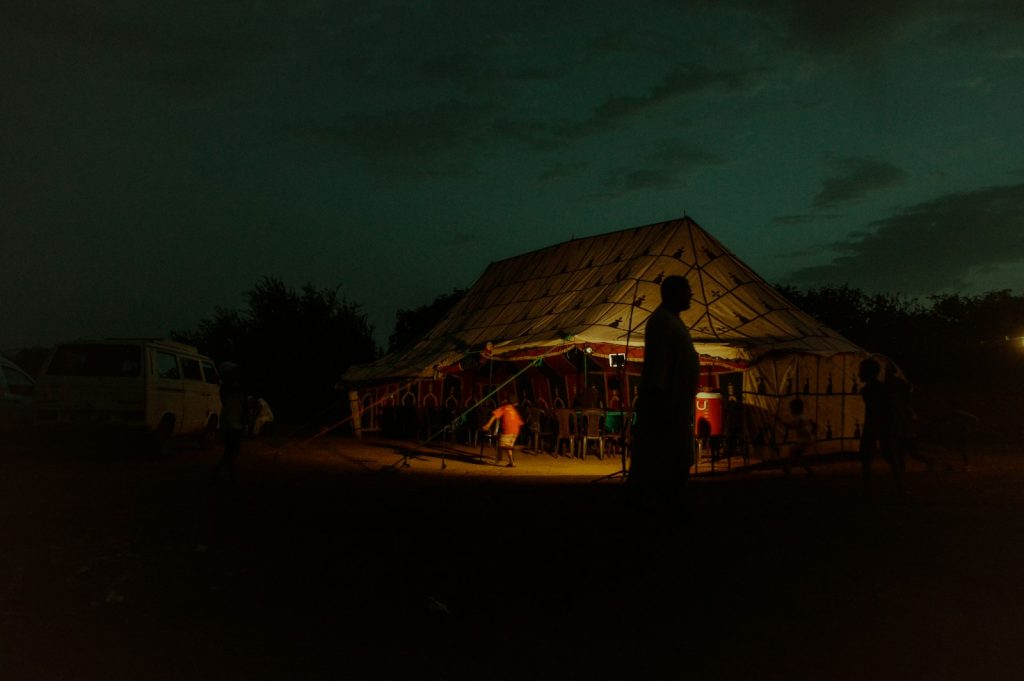Now Reading: CALYPSO QUEENS FINALS
-
01
CALYPSO QUEENS FINALS
CALYPSO QUEENS FINALS
The Calypso Queens competition is a significant cultural event in the Caribbean, particularly in Trinidad and Tobago, where calypso music originated. It celebrates the artistry, storytelling, and social commentary of female calypsonians, who use their music to address issues like politics, gender, and cultural identity. Here’s a deeper look into the story and cultural significance of the Calypso Queens:
Origins of Calypso Music
Calypso music has its roots in West African traditions brought to the Caribbean by enslaved Africans. It evolved in Trinidad and Tobago during the 18th and 19th centuries, blending African rhythms, French patois, and Caribbean folk traditions. Calypso became a powerful medium for storytelling, satire, and social critique, often performed during Carnival celebrations.
Initially, calypso was male-dominated, with legendary figures like The Mighty Sparrow, Lord Kitchener, and Calypso Rose (who later became a trailblazer for women in the genre). However, women began to carve out their own space in the art form, leading to the creation of competitions like the Calypso Queens.
The Calypso Queens Competition
The Calypso Queens competition emerged as a platform to highlight and celebrate female calypsonians. It provides a space for women to showcase their talent, creativity, and ability to address social issues through music. The competition is often held during Carnival season, alongside other major events like the Calypso Monarch competition (which is open to both men and women).
Participants in the Calypso Queens competition perform original songs that often tackle themes such as:
- Gender equality and women’s empowerment
- Social justice and political commentary
- Cultural pride and Caribbean identity
- Personal stories of resilience and triumph
Cultural Significance
- Empowerment of Women: The Calypso Queens competition challenges traditional gender roles in calypso music and society. It gives women a voice to express their perspectives and experiences, often addressing issues like sexism, domestic violence, and inequality.
- Preservation of Culture: Calypso music is an integral part of Caribbean heritage. By celebrating female calypsonians, the competition helps preserve and promote this cultural art form for future generations.
- Social Commentary: Like all calypso music, the songs performed in the Calypso Queens competition often serve as a mirror to society. They highlight pressing issues, challenge authority, and inspire change.
- Role Models: Winners of the Calypso Queens competition become cultural icons and role models for young women in the Caribbean and beyond. They demonstrate the power of art and music as tools for self-expression and social impact.
Notable Calypso Queens
Over the years, several women have made their mark in the Calypso Queens competition and the broader calypso scene. Some notable figures include:
- Calypso Rose (often called the “Mother of Calypso”): Though she rose to fame before the Calypso Queens competition, she paved the way for women in the genre.
- Singing Sandra: Known for her powerful voice and socially conscious lyrics, she was a two-time Calypso Monarch winner.
- Denyse Plummer: A trailblazer who transitioned from pop music to calypso, winning the Calypso Monarch title in 2001.
- Destra Garcia: A modern icon who blends calypso with soca, keeping the tradition alive for younger audiences.











